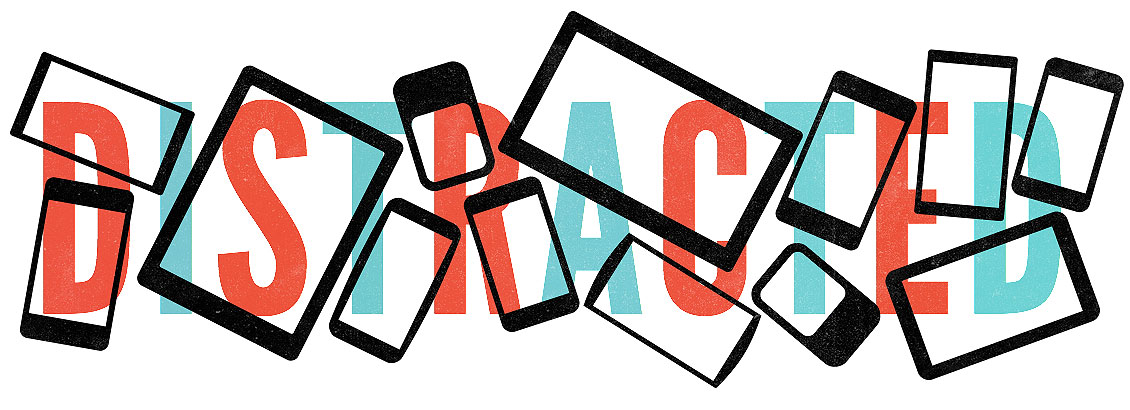Blog Articles
Wednesday, May 27th, 2015

For years, scientists and journalists have wondered if technology—for all its benefits—is actually contributing to forgetfulness and distractedness.
When technological distractions are removed, students’ test outcomes are improved. [1] Because office workers experience interruptions—technological and otherwise—every few minutes, they are forced to change their work patterns to compensate at the cost of greater stress and higher frustration. [2] Many studies have argued that the ability to multitask, which technology often purports to offer, is a myth. [3]
Health care providers and researchers already have monumental tasks. With the intrusion of unnecessary information from technology, their work becomes even more taxing.
While sharing health data is important—and can save lives—it is important that health IT professionals avoid putting health care experts in a situation where they are suffering from information overload and distraction. Instead of adhering to the philosophy that “more is better,” interfaces, systems and devices must be designed to filter out noncritical information.
With so many ways to collect data, and so many data points to be collected, there is an overabundance of noise in the system. Health IT can either contribute to the noise or make sense of it.
Consider the skyrocketing trend in wearables. Anyone with a Fitbit or smartphone can track their steps, food intake, active minutes, heart rate and more, every single day. This creates an immense pool of data. While it could be useful for some providers for some patients, it’s largely unincorporated into any patient records because it is just “noise” outside of general trends.
Bioinformatics has the ability to filter out what is unimportant or irrelevant to get to the heart of those trends, while still allowing for personalized health care. But there are still questions about what falls into the categories of “useful” and “relevant.” What should be collected and shared? What is helpful to researchers and health care providers? What about for patients who want to monitor their own health?
The answers will always be morphing as needs and technology change, but it will be through bioinformatics and the dedicated work of health IT professionals that we will continue to make sense of the growing noise.
References
[1] Technology, distraction & student performance. Retrieved May 25, 2015 from http://cep.lse.ac.uk/pubs/download/dp1350.pdf.
[2] The cost of interrupted work: more speed and stress. Retrieved May 25, 2015 from https://www.ics.uci.edu/~gmark/chi08-mark.pdf.
[3] Cognitive control in media multitaskers. Retrieved May 25, 2015.